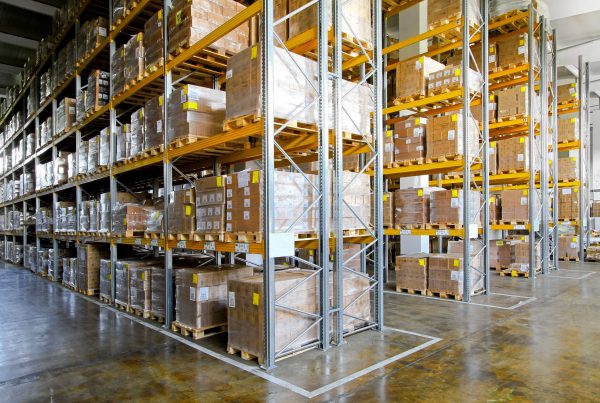Cloud computing is revolutionizing all areas of the business, and nowhere can this be seen more clearly than within logistics.
Companies across the globe are moving away from outdated technologies and manual processes, and into cloud based logistics software to anticipate and solve problems before they arise.
Gaining access to real time information opens up significant opportunities for businesses to increase efficiencies, and provide value-added services to customers.
Below are five examples of the benefits that can be achieved by businesses leveraging cloud logistics:
Five Key Benefits Of Using Cloud Logistics
- Access to real time pricing.
- Access to real time inventory.
- Eliminate multiple WMS and TMS Systems.
- Improve equipment and utilization patterns.
- Create accurate merge-in-transit models.
Let’s dive into each of these benefits in more detail.
1. Access To Real Time Pricing
How often have you made decisions based only on information that is already several hours, or even days old? You’re always reacting to a situation, instead of anticipating it.
Consider pricing elements within transportation and warehousing that can fluctuate due to any number of factors: weather, market conditions, or demand; that type of volatility can make or break your margins.
Now imagine that you can see the price of any logistics element of your supply chain anytime, anywhere! You can be sitting in an airport terminal in Hong Kong checking your smartphone when you receive notice that freight spot rates have changed. With this knowledge, you can make an immediate decision to switch services and communicate it instantly to your relevant colleagues and partners in South Africa who make the necessary adjustments.

With costs in the supply chain quickly multiplying down the value stream, even a slight saving through real time pricing information is a big win.
2. Access To Real Time Inventory
The inventory you have on hand is the most direct way to control risks and optimize costs. Real time inventory information allows you to maximize your ability to respond to demand fluctuations while holding onto your buffer against emergencies.
Perpetual inventory data flow from the cloud allows you to quickly view detailed information like pinpointing highest and lowest sellers, or profit margins for instance. Armed with this valuable information, you can impact your business boosting sales, and improving customer service through on the fly price adjustments or replenishment orders.
3. Eliminate Multiple WMS And TMS Systems
Instead of numerous users controlling various systems, tie everyone together with one cloud based app that prevents delays due to miscommunication or an inability to easily share data.
4. Improve Equipment And Utilization Patterns
Pattern recognition is essential to optimization. Cloud integration allows you to set metrics, and analyze results against those goals to identify trends and utilize that equipment to improve shipping and procurement efficiencies.
5. Create Accurate Merge-In-Transit Models
Coordinating several components from multiple suppliers worldwide demands synchronization. Cloud based logistics solutions that allow for real time monitoring finally make realistic models of merge-in-transit possible.
Cloud integrated logistics not only provide more data in real time, but it also makes it accessible to your entire team, regardless of location, or time. Logistics optimization and management remain formidable and complex, but the cloud can make it easier, more efficient and less costly.




